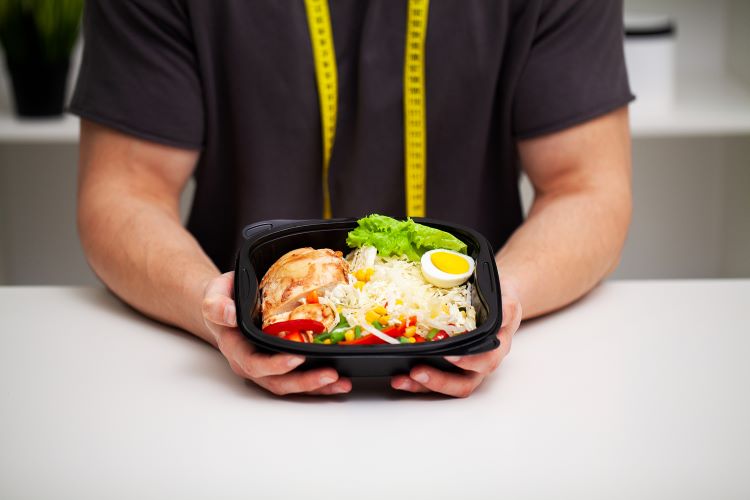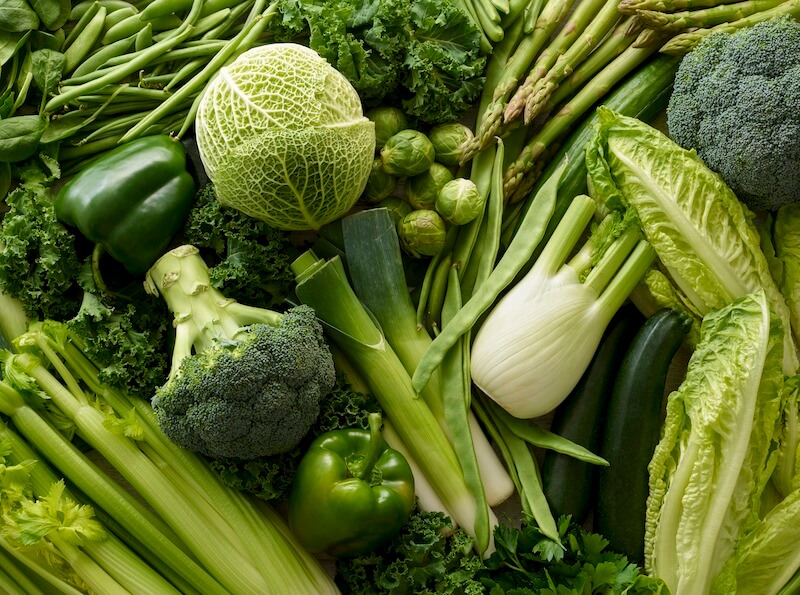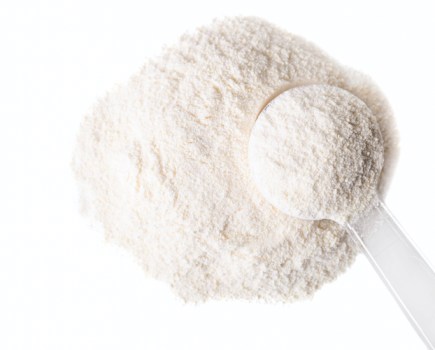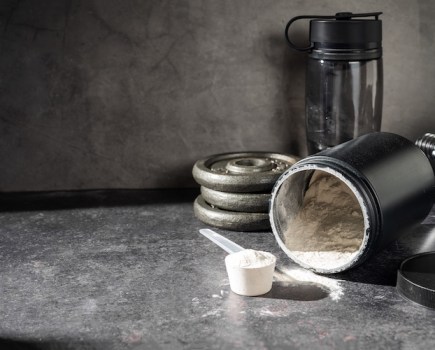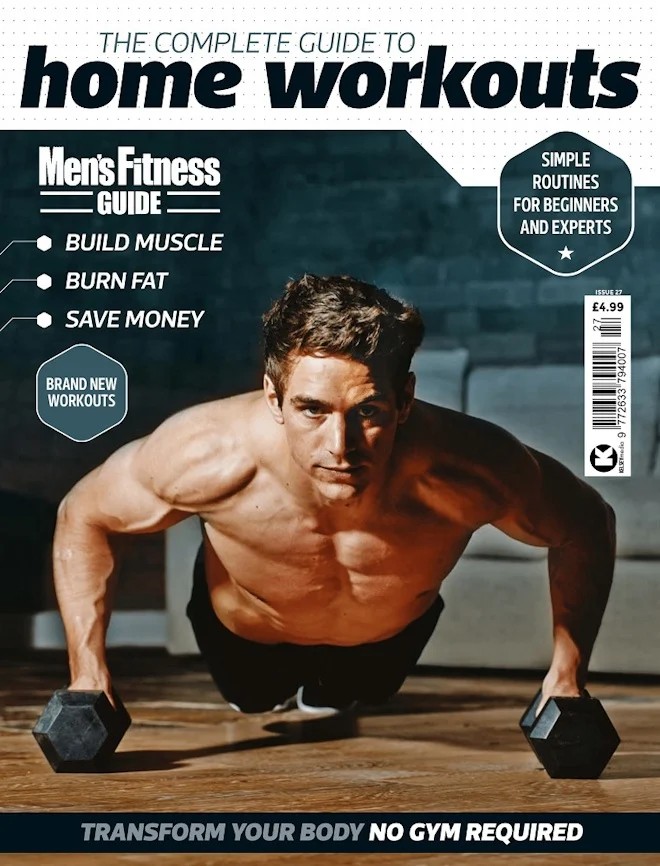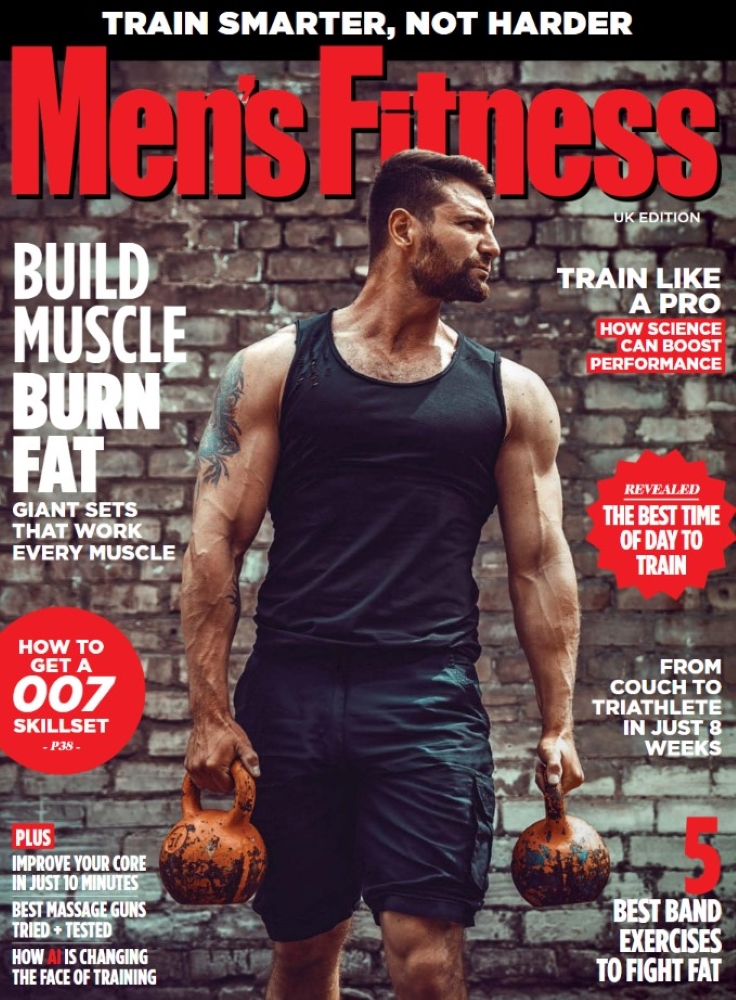Learn how to eat for fat loss is the key to getting leaner and stronger. Just follow these six simple rules…
If you’re looking to shift excess fat, your focus shouldn’t just be on the gym, but on the kitchen too. Fuelling well for fitness is just as key to your chances of success as trying structured fitness programmes or investing in the best exercise mats and machines. In fact, if you want to see fitness gains and fat loss, you can’t really have one without the other. You need to learn how to eat for fat loss.
And don’t be fooled into thinking just cutting down on the amount you eat will help you trim the fat. Fat loss and weight loss are quite different things, and weight loss alone usually means muscle loss too. You can still eat well and shed fat as long as you’re disciplined with how you eat and train. Stick to these six simple rules to discover how to eat for fat loss and you’ll be on your way to a leaner, stronger you.
How to eat for fat loss
1. Green is good
Vegetables should be the foundation of your diet and every time you sit down to eat half your plate should be covered in a variety of veg, which contains crucial fiber and lots of other healthy elements.
Vegetables do contain carbs, but far less than bread, pasta or potatoes – you’d have to eat half a kilo of asparagus to get the same amount of carbs as in a single wholemeal pitta bread.
2. Focus on protein
Protein is one of the most important components if you want to eat for fat loss. When you eat a high-protein diet, you’re generally less hungry, so you eat less and lose weight as a result.
It’s difficult to eat too much protein but not to get too little, so make it your priority.
3. Don’t fear fat
Fat does not make you fat. In fact, you need to consume good-quality fats if you want to burn body fat because this macronutrient has a role in energy expenditure, vitamin storage and making the hormone testosterone, which also increases muscle mass.
There’s no need to avoid the fats in avocado and nuts, but you shouldn’t eat many hydrogenated and trans fats – those found in cakes, biscuits and other processed foods – because these will derail your fat-loss plan. (Plus they’re really bad for you.)
4. Calories don’t count
Still locked into the old-school ‘calories in, calories out’ rule for fat loss? Here’s a quick question: which will make you fatter, 2,000 calories from ice cream or 2,000 calories from chicken and veg?
Be honest – you know the answer to this already. The intake of the correct macronutrients is ultimately more significant than mere calorie counting.
That said, you can’t just scoff thousands of calories’ worth of healthy food – 5,000 calories from steak is still a lot of calories.
If you want to eat correctly for fat loss, the aim is to hit the correct macronutrient numbers to build muscle and burn fat without eating any extra unnecessary calories.
5. Free range is key
Free-range animals have a more varied diet and obtain a lot more exercise, which allows the development of more muscle, which in turn means they contain more zinc, vitamins B, A and K, amino acids, iron, selenium, phosphorus and zinc.
Farm-raised salmon have also been found to contain up to eight times the level of carcinogens as the wild sort, thanks to cramped conditions and poor-quality feed, while grass-fed beef tends to have much more conjugated linoleic acid and omega-3s than the kind fed on grain and beef tallow.
6. Eat real food
Aim to only eat food that grows out of the ground or that once had a face. Avoid things containing preservatives that you can’t spell or ingredients you wouldn’t keep in the kitchen. And eat things that will rot eventually, so that you know they’re fresh.

